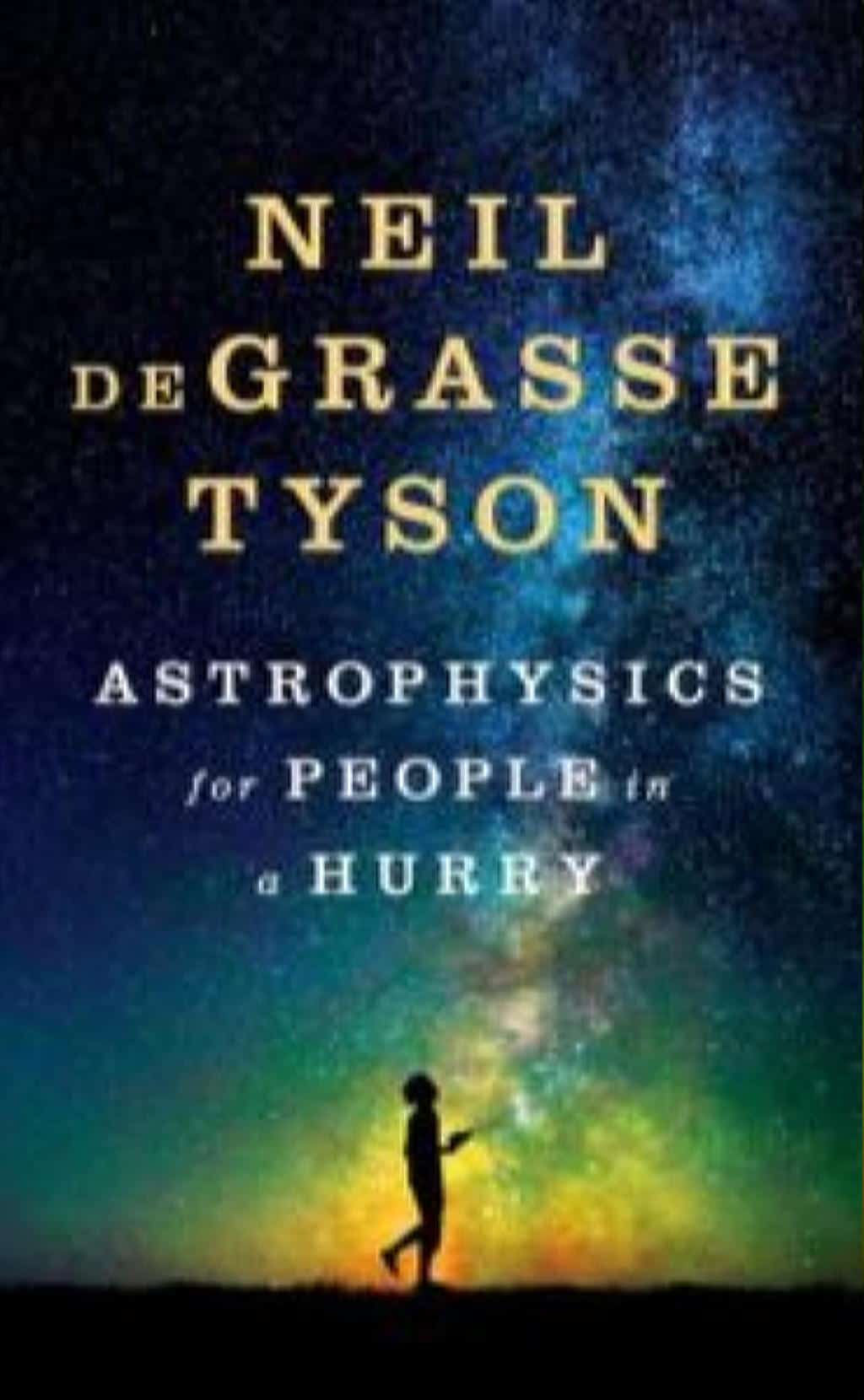 The Wondrous Worlds of Science
The Wondrous Worlds of Science
by Crystal Hicks, Adult Services Librarian
I’ve always liked science, but not quite enough to study it in college, so I’d figured my required science classes were the most I’d ever learn about it. Imagine my surprise, then, when I started working at the library and discovered popular science books! These are books about science written for people without a scientific background, and they cover every aspect of science imaginable. Mind. Blown. My first foray into these books was with Neil deGrasse Tyson’s Astrophysics for People in a Hurry, which covers the basics of quarks, dark matter, gravitational waves, and more in just over 200 pages. With that quick and witty reminder of how awe-inspiring science can be, my reading life was changed.
If you love chemistry, like I do, then Napoleon’s Buttons might be worth a look. In this book, organic chemists Penny Le Couteur and Jay Burreson explore how 17 different molecules have shaped history. This sounds like a bit of a stretch at first—chemistry impacting the course of the world?!—but makes sense once the authors get into it. After all, the spice trade was responsible for much of the world’s exploration, and that would never have come to pass without piperine, the active ingredient in black pepper, which helped with preserving meat and masking the taste of food gone bad. Each chapter covers various groups of unrelated molecules, so there’s no reason to read the book in any particular order. If you’re a completionist, you can read the book from front-to-back, but otherwise you can pick and choose what you read, spending time with explosive “Nitro Compounds” before skipping on ahead to the intriguing “Molecules of Witchcraft.”
Among science writers, Mary Roach is known for covering weird and borderline-taboo topics with wry humor and plenty of gusto. Her works include: Packing for Mars (all about humans in space), Gulp (the science of the human digestive system), Bonk (sex and science), Stiff (what we do with human cadavers), and Spook (you guessed it—ghosts). Her most recent book, Grunt, looks at the science behind how we go to war. Not the science of guns or military battles, but the science of human bodies as it impacts war. Roach gleefully investigates sweat, diarrhea, and maggots, finding out the very real influences these things have on military operations. If you’re eager for a look at the mundane-yet-bizarre scientific goings-on of the military, give this book a try.
Christie Wilcox has long been fascinated by venomous animals, going so far as to become a scientist in order to spend more time with these terrifying, strangely-captivating creatures. In Venomous, Wilcox writes with infectious, bright-eyed enthusiasm for her subject, telling of the many kinds of venomous animals in the world and what we can learn from them. Equally fascinating are the scientists who study them, like Justin Schmidt, who felt the stings of more than 100 insects in order to make his Schmidt Pain Index for insect stings, or Wilcox’s invertebrate biology professor who used to bring her pet leech to class (there’s a reason why she stopped). Venomous not only has plenty to teach about biochemistry, but it also makes me feel like a kid again, morbidly curious about how a viper can kill with such lethal efficiency or entranced by the deadly beauty of a swarm of jellyfish.
My last book is for anyone interested in any aspect of science, no matter how much or little you already know. Randall Munroe, the author of an online comic featuring stick figures, already knows how to simplify images to their most important elements—next, he challenged himself to write a science book using only the 1000 most common words in the English language, and Thing Explainer is the result. With Munroe’s straightforward line drawings and simplified text, a dishwasher becomes a “box that cleans food holders,” the tectonic plates become “big flat rocks we live on,” and the International Space Station becomes a “shared space house.” Science can seem daunting to the uninitiated, with so many big words to learn and complicated concepts to understand, and Munroe helpfully breaks down those barriers and makes science accessible in this fun, wide-ranging book.
If you’re new to an area of science or refreshing dusty memories from high school, the library’s guaranteed to have a popular science book that’ll interest you. Come browse our collection for yourself, or stop by the Reference Desk for a personalized recommendation.

